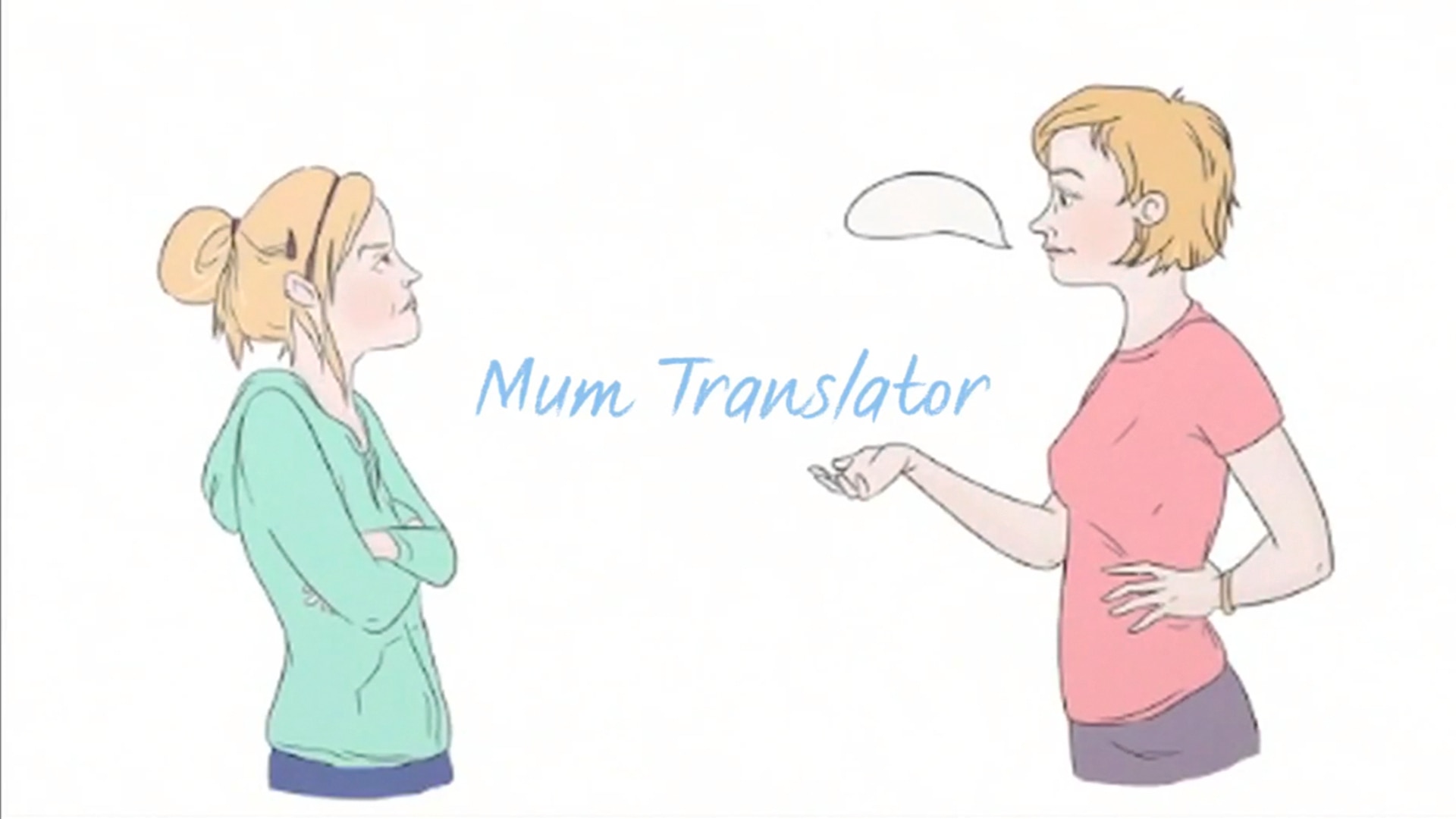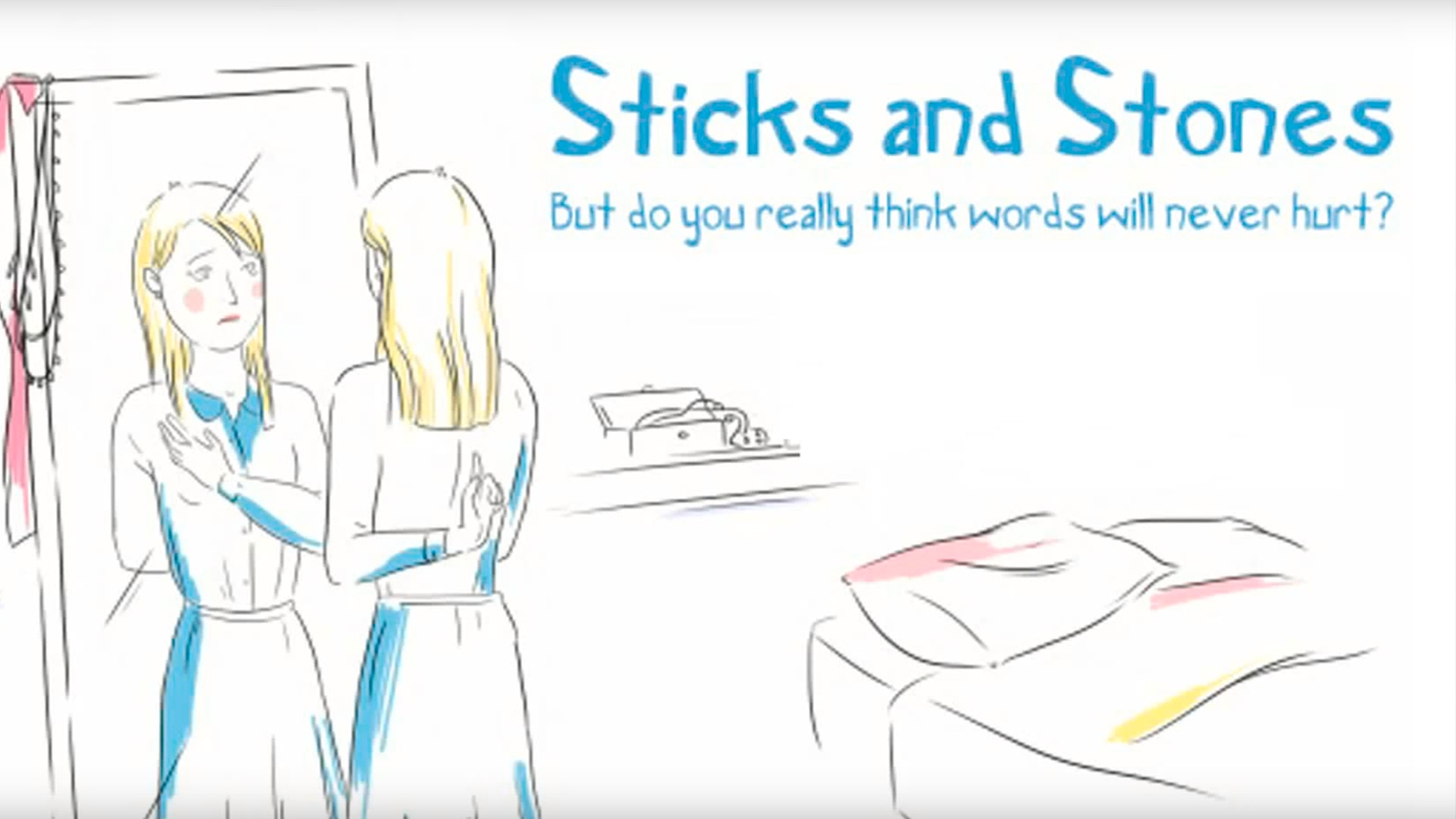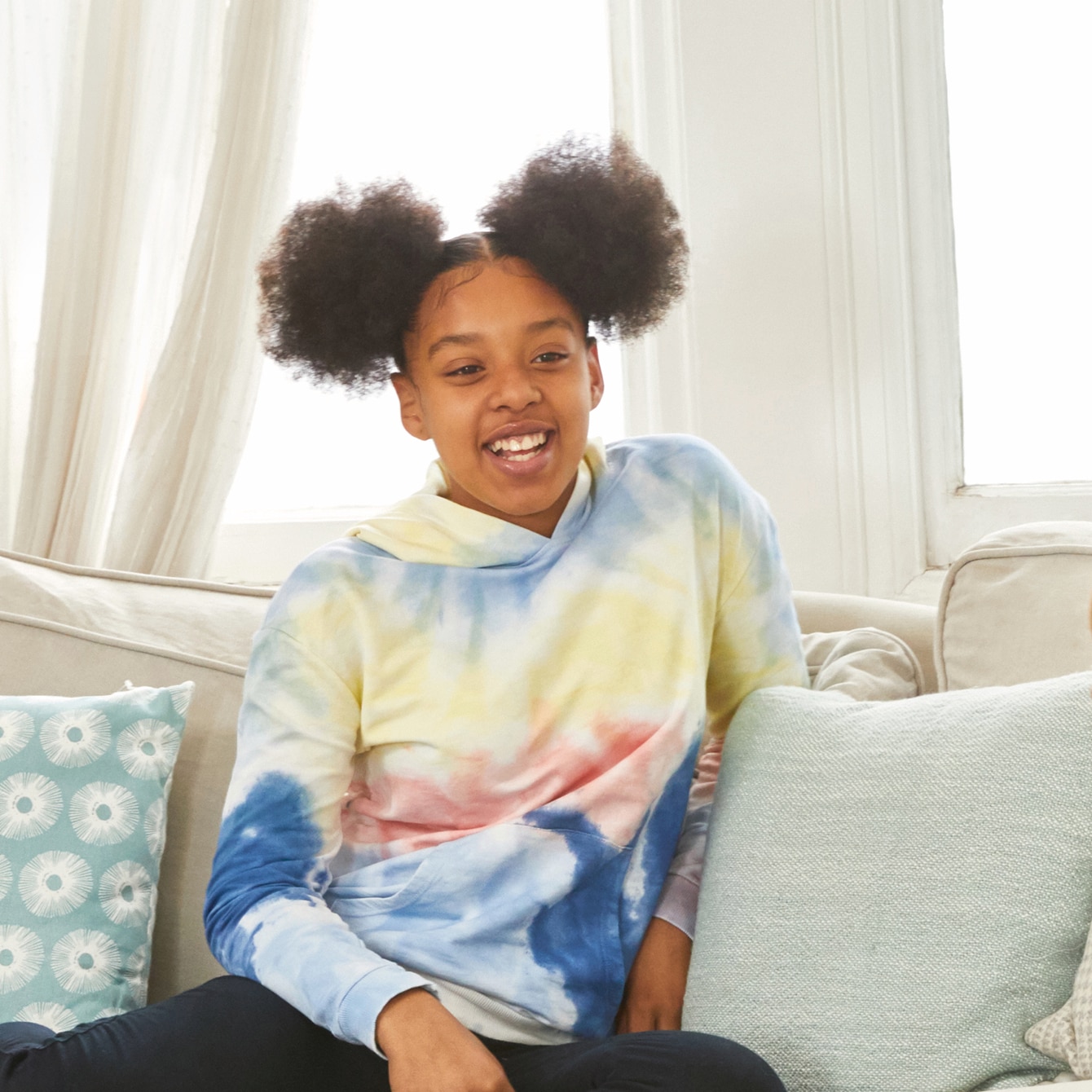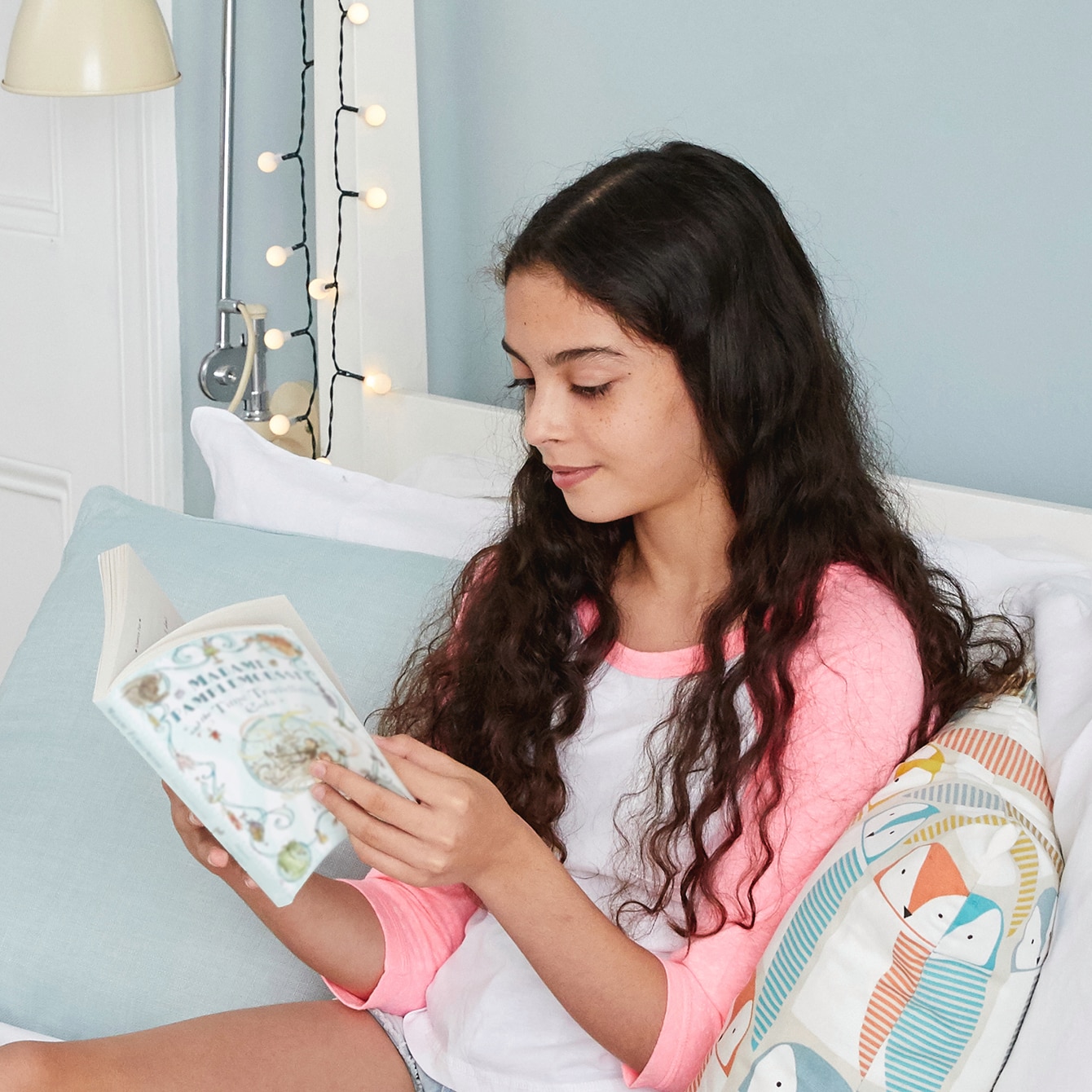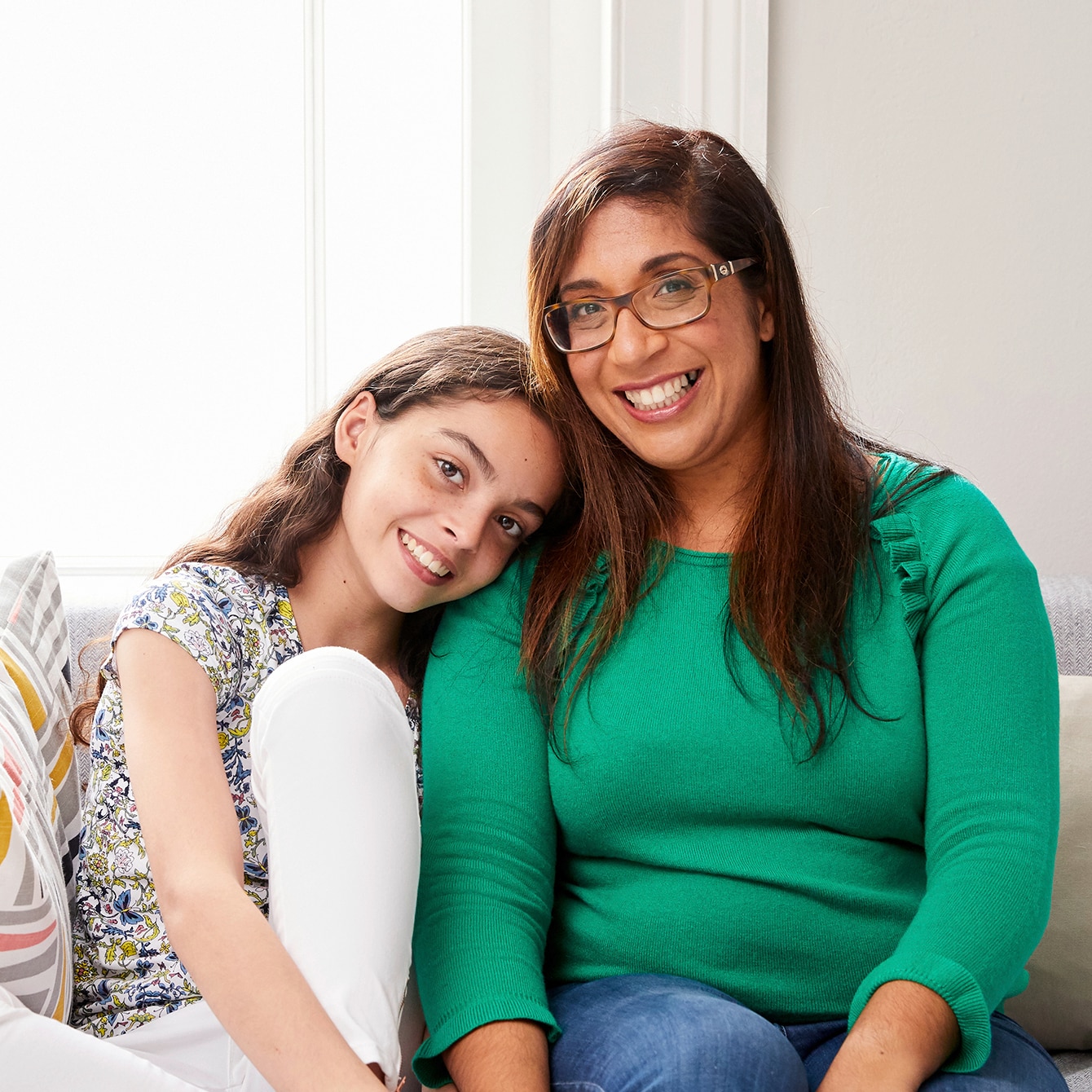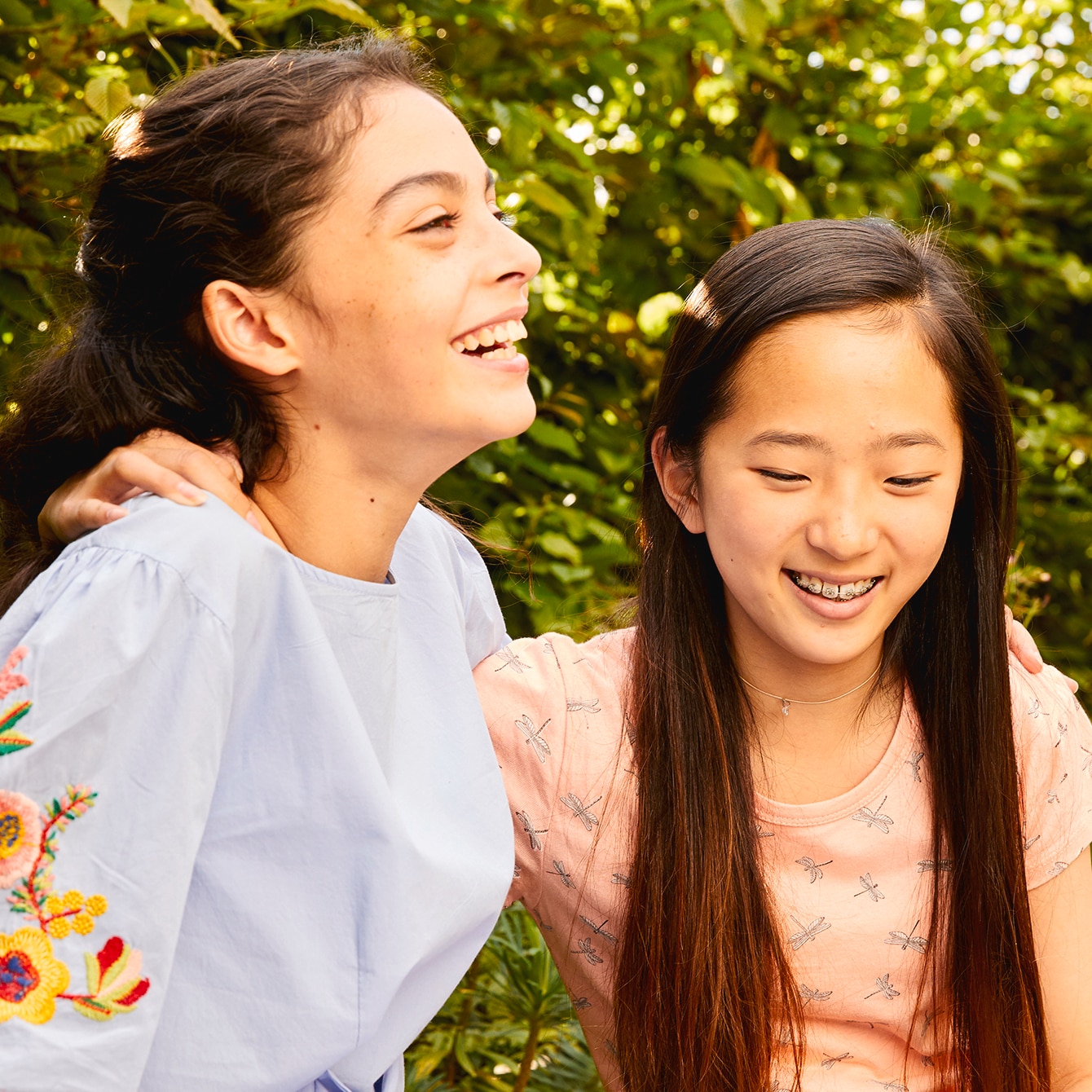Spotting retouched pictures of women can be empowering for your child. Use our activities to make them aware of the use of Photoshop in the media, and help them to appreciate different ideas of beauty.
Portrayals of women in media
Photos of incredibly 'perfect' and impossibly attractive women are all around us, from billboards to shop windows to magazines. Presented with such narrow standards of beauty, it's not surprising young people struggle with their body image.
Although you can't always tell, it's standard practice for the media to manipulate photos of women using computer technology. Watch the Evolution video to see how dramatically the model's image is altered.
These images have an enormous influence on societal ideals, particularly for women. It takes just three minutes of looking at these photos for a girl's self-esteem to plummet, according to research published in Dr Susie Orbach's book, Hunger Strike: The Anorectic’s Struggle as a Metaphor for Our Age🔗.
What your child may not realise is that almost all the photos they see in the media have been manipulated. Behind every model in a magazine, there's a team of make-up artists, hairdressers and Photoshop artists to buff, polish and airbrush every part of her. The Spot The Fakes activity will open their eyes to this artificial world, and show them what really happens behind the scenes, helping them look more critically at the images around them.
Activity: Spot The Fakes – comparing the fakes with real pictures of women
With this activity, we want you and your child to talk about why it's important not to compare yourselves to these fake images, and start to think about what 'real' beauty means.
How to create your Spot The Fakes article
- Look at some magazines and websites together. Find three pictures of women you both think have been altered and either cut or print them out.
- Now, find three pictures of women in your life that represent real beauty to you (print them out if they're digital images).
- Download the 'Spot the Fakes' PDF here, or get a large piece of paper and place the images on it – the three altered images on one side, the real ones on the other.
- Below we've created two statements. The first is about the Photoshopped pictures, the second about the pictures of real women. Read them and add your thoughts.
- Statement for altered images: I don’t think these fake images of women represent real beauty because...
- Statement for real images: These real images of women represent real beauty because...
Add your responses to the statements to build your own magazine-style article. If you find it hard to think of the words, draw your thoughts and feelings instead.
When you’re happy with your article, share it with friends to help them see the beauty in themselves and how to spot fake images.
Whenever a friend compares themselves to someone in the media, remind them how fake these images can be and that they’re special not just because of their looks, but because they’re a great friend and a unique person. Always judge yourself on your own terms and remember, not even the model in the picture looks that way in real life.
Help your child learn how to respond to a compliment
Help your child by following our action checklist and sending them the link to this article and video. The Cracking Compliments clip takes them through five different compliments friends might give about how they look. Each time they'll see two interpretations: how they might take the comment and what their friend probably means.
Spot the fakes
Spot the fakes activity worksheet
Download this activity sheet and complete it with your child.
Download all documents Login or Register to download- Spot the fakes

